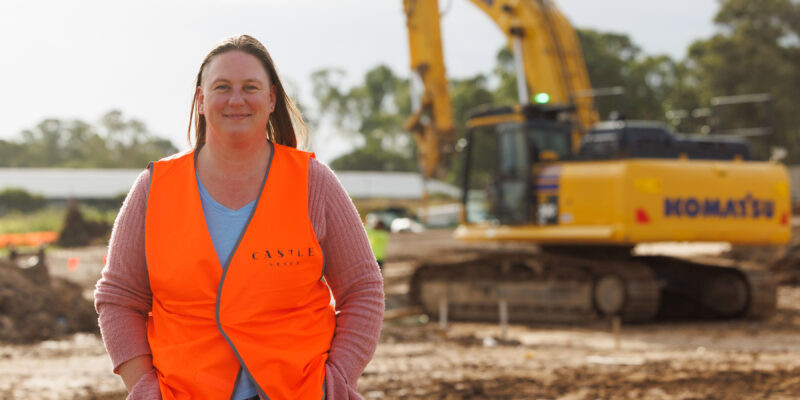Inflation for longer ‘much worse’ than elevated rates
Reserve Bank governor Michele Bullock told a parliamentary hearing that inflation won’t return to its 2 to 3 per cent target until 2026 – a year later than the RBA predicted back in May.

BUSINESSES face high costs and home borrowers are feeling the squeeze, but the Reserve Bank insists interest rates should remain elevated.
Financial markets are still pricing in a rate cut before the end of the year, but RBA governor Michele Bullock reiterated on Friday that would be too soon.
The official cash rate was a “very blunt instrument” and changes in interest rates affected people differently, Ms Bullock acknowledged in testimony to the federal parliament’s house economics committee.
“We know this, and we know that it hurts people with mortgages and debts, businesses with debts more … but it’s the only tool we have,” she said.
“The alternative of higher inflation for longer is much worse,” she said.
“High inflation hurts everyone, it reduces what people can buy with their wages, it erodes the value of savings, and it disproportionately hurts those on low or fixed incomes.”
Ms Bullock said financial market volatility can affect economic conditions but the “short-term bout” in recent weeks did not influence the board’s most recent decision.
“A risk that’s very pertinent for us is China … developments in China can have big impacts on how trade develops and therefore on our growth,” she said.
“The Chinese economy is still performing okay, it’s meeting their target of around five per cent growth, but they still have a very big drag from the problems in their real estate sector.”
The Reserve Bank board opted to keep the cash rate unchanged at 4.35 per cent when it met in August, and warned inflation was still too high to warrant rate cuts any time soon.
The central bank continues to calibrate its decisions with a target of two-to-three per cent inflation in mind, despite international uncertainty and domestic cost of living pressures.
“Ultimately, our full employment goal is not served by letting inflation stay above the target indefinitely, so the board will remain focused on the potential upside risks to inflation,” Ms Bullock said.
The unemployment rate edged up slightly to 4.2 per cent in July, official figures released on Thursday showed, but record workforce participation was expected to keep them wary of cutting rates.
The RBA is closely watching the strength of the labour market as it tries to strike the right balance between taming persistently high inflation and further stalling a slowing economy.
The central bank also views the pace of wage growth as being above sustainable levels, given little improvement in productivity.
Ms Bullock said the central bank needed to remain “humble” in its forecasts, be driven by data and adjust its assessment as necessary.
“We need to be willing to learn from our errors,” she said.




